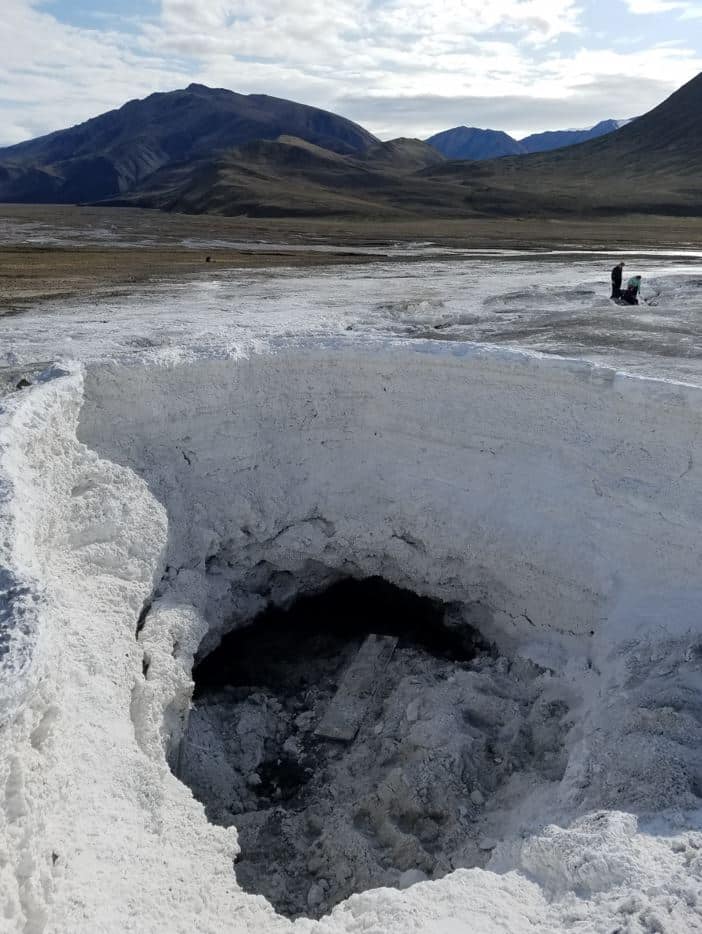Scientists from McGill University recently discovered microbes living in a Mars-like environment on Earth. The organisms provide clues about possible life forms that could survive on the Red Planet.
The researchers found the microbes in Lost Hammer Spring, located in the Nunavut territory of Canada’s High Arctic. The spring resembles certain places on Mars, consisting of salty water with little oxygen at ice-cold temperatures; although, the amount of salt prevents the water from freezing over.
Scientists probed the spring for creatures that could survive in similar conditions on Mars. Their quest proved successful. With the aid of genomic tools and characterization techniques, the team found a microbial community bustling with activity.
Although scientists have discovered organisms in places like Mars before, the study belongs to only a handful of investigations to find microbes alive and well in such an environment, according to the researchers. Moreover, the team found that the organisms could live off non-organic compounds.
“The microbes we found and described at Lost Hammer Spring are surprising, because, unlike other microorganisms, they don’t depend on organic material or oxygen to live,” explains Lyle Whyte, a professor of microbiology at McGill University who was involved in the study, in a statement. “Instead, they survive by eating and breathing simple inorganic compounds such as methane, sulfides, sulfate, carbon monoxide, and carbon dioxide, all of which are found on Mars. They can also fix carbon dioxide and nitrogen gases from the atmosphere, all of which makes them highly adapted to both surviving and thriving in very extreme environments on Earth and beyond.”

After the discovery, the researchers sequenced the DNA and mRNA of the organisms. Isolating and sequencing their DNA enabled the team to rebuild the genomes of about 100 micro-organisms, illuminating how these critters can withstand living in such an environment. Sequencing their mRNA allowed the scientists to pinpoint genes indicating that the metabolism of the organisms was ticking.
“The saltiness of the environment interferes with both the extraction and the sequencing of the microbes, so when we were able to find evidence of active microbial communities, it was a very satisfying experience,” said Elisse Magnuson, a Ph.D. student at McGill University and the first author of the paper, in a press release.
Moving forward, the team plans to culture and better characterize the organisms within the microbial community. They hope understanding how the microbes survive in these conditions may aid the assessment of carbon isotopes in samples retrieved by NASA’s Curiosity rover from the Gale Crater on Mars. The existence of carbon could serve as a sign of life on the Red Planet; however, scientists are unsure how to best interpret the samples.
The study is published in the Multidisciplinary Journal of Microbiology.










-392x250.png)
